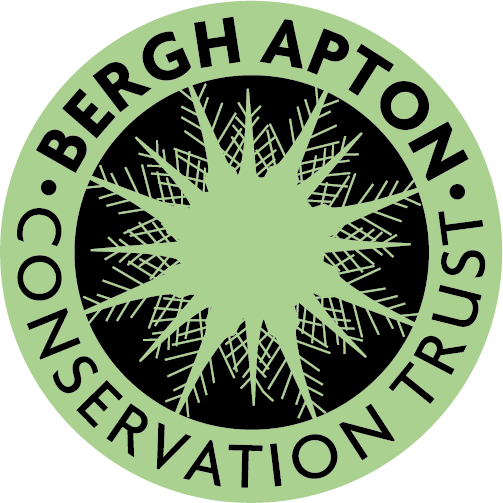Wild Patch
The Wild Patch Project is championed by our member Rodney Aldis and developed by the South Yare Wildlife Group (SYWG) http://southyarewildlifegroup.org
BACT collaborated with SYWG and others in commissioning a short, animated video, produced by Phoebe Halstead, to promote the idea of leaving small ‘untidy’ areas in our gardens for wildlife.
You can see the video at: https://youtu.be/aEjquirQkCY
To join the Wild Patch project visit https://southyarewildpatch.org
Rodney explains the rationale for Wild Patch:
‘Can you spare a square metre for wildlife? Wildlife in this country has been declining since the second World War. The UK has been judged to be the 189th most denatured country out of a list of 218. Intensive agriculture, pesticides, fragmentation of habitat by road building and other infra-structure and house building are probably the major causes. Wildlife faces many hurdles in our human-dominated environments.
There is a huge acreage of habitat that is sub-optimal for wildlife because of the way it is managed: farm hedges that are flailed every year; ditch banks mowed in the autumn so there is very little cover for voles and over-wintering insects to name just two examples. Much the same applies in gardens and parks. Enough studies have been done to show the difference in invertebrate diversity and abundance between closely-mown grass and areas cut once a year.
John Humphreys, looking at an area of regenerating shrubs and bramble clumps on the re-wilded Knepp Estate in Sussex for the Radio 4 Today programme said to Elizabeth Burrell, the owner, “This looks a mess. I can’t see many farmers wanting this”. Mrs Burrell replied that nature WAS messy and that he was looking at one of the most biodiverse habitats in southern England. I thought that summed up the dilemma. There is a lot of potential habitat out there but most people won’t like the look of it. Can we ask people to have a square metre or so of it though? Each person with a bit of their own mini Knepp Estate. That, in essence, is the Wild Patch project.’
